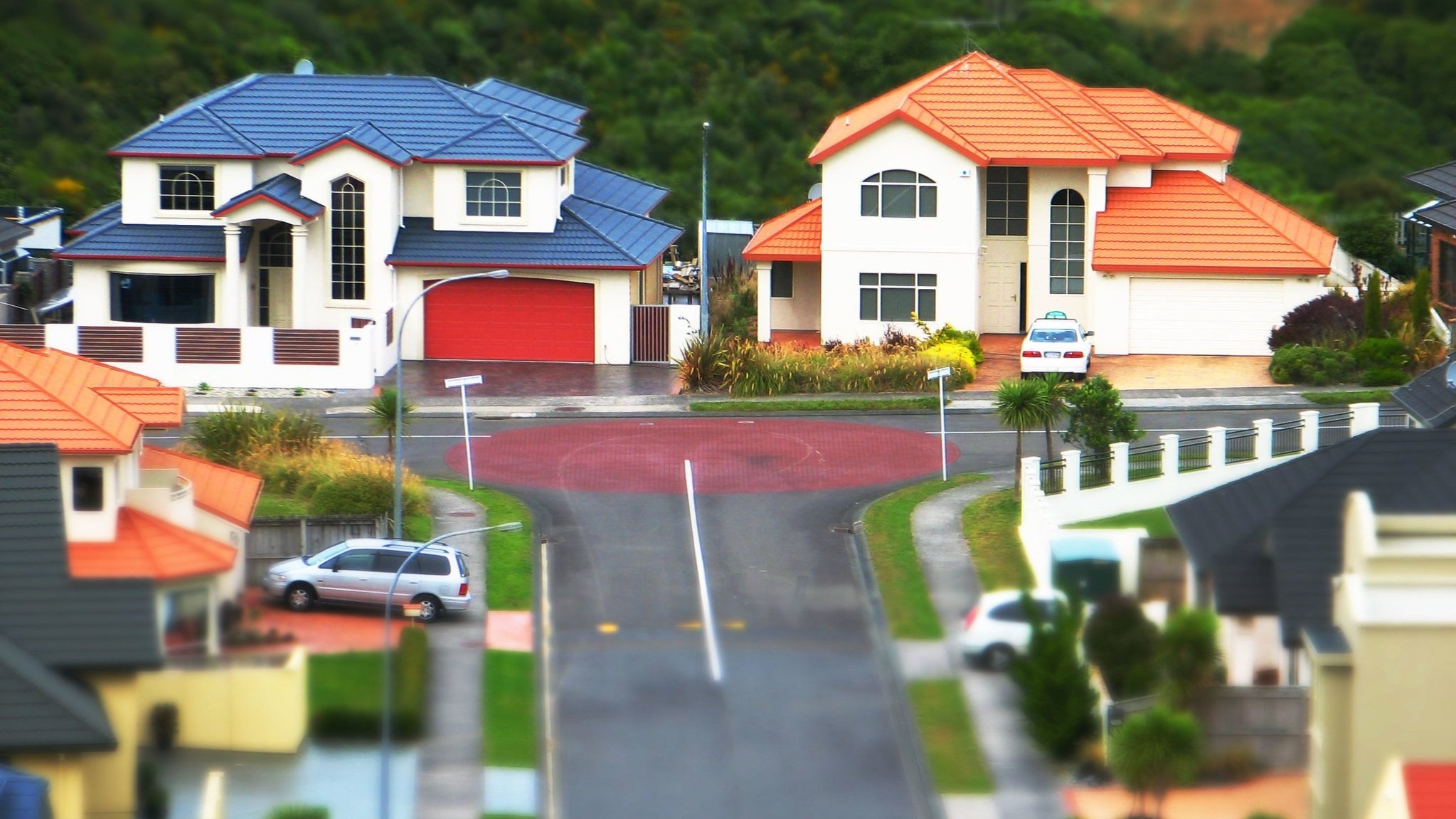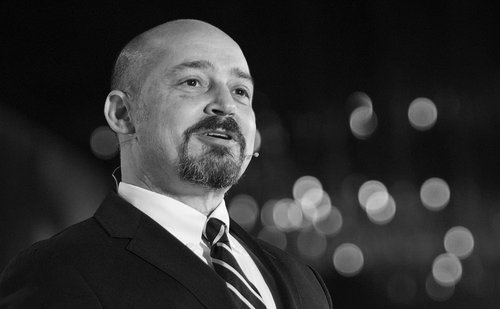Wealthy Homeowners Are Getting a 45% Discount on Property Taxes
(Source: Flickr/Tom Beard.)
Every July, our intrepid daily newspaper in Asheville, North Carolina, the Asheville Citizen-Times, publishes a list of the top 10 home sales in our region. The Citizen-Times is by no means the only local paper that engages in this kind of puerile clickbait, and my sympathies go out to any reporter who gets tasked with this yearly assignment.
In Asheville, this year’s round-up piece had a special sting because we are facing a severe housing shortage and sky-rocketing prices. Asheville has long been one of the country’s most desirable communities, as evidenced by the massive—and ongoing—growth in our population.
Expensive houses are not new or news, yet these lists contain an obvious inequity hiding in plain sight. The misunderstood usefulness of these articles is that they actually give us all the evidence we need to see the massive flaws in how local property valuation policies are applied. These flaws result in tremendous subsidies to those that need it least; simply put, these sales show the bias that systems have for our wealthiest home owners.
Longtime Strong Towns readers know how long Urban3 has been digging into assessment values and their iniquitous effect on regular- and low-wealth individuals. For reference, see this interview and check out our collaborative project with University of North Carolina-Asheville and Strong Towns, called Just Accounting for Health.
Let’s start with the law. In North Carolina, it is extremely simple: the tax value of a house should equal what someone would pay for it, period. Published sale prices of houses show us the market, as the sale price is an actual exchange in the real estate marketplace. Once a home’s sale price is known, you only need to visit the local assessor’s webpage to see how the county government thinks that home should be valued. This lets you see how well the system scores.
Put another way, if the county government sets up a computer model to estimate what the value is, we can look at the real proof in the Citizen-Times’ annual list and see exactly how well—or poorly—the computer is scoring. Remember: homeowners pay taxes on the assessed price of their property. When the assessed price is below the sale price, the homeowner is essentially getting a discount on the taxes they owe the county.
From highest to lowest, here they are:
Here’s what these numbers look like as a chart:
This data shows us that the county’s computer is super bad at its job. Seven of the 10 houses are in Buncombe County, where I reside, and this result tracks exactly with what we are seeing county wide. The average values generated by the county’s computer system is pulling a whopping 55% at estimating value. Scoring a 55 on any test in school would be a flunking grade.
In this case, it means that homeowners are being asked to pay only 55% of the taxes that they should based on the sale price of their home, a discount of 45%. This was the point of our analysis, and this isn’t just cherry-picking these houses: when we look at the entire county, a clear pattern emerges, and interestingly we don’t see the same mistakes when it comes to how less-expensive homes in lower-income neighborhoods are assessed. To the contrary, these homes are overvalued by the county’s systems, which means these homeowners are required to pay more than they rightfully should.
Our assessor should be embarrassed by these results and our elected officials, particularly the Buncombe County Commission who approves his budget, should take these results more seriously. It’s plain for everyone to see that laws are not being followed here. That, or we have an utterly incompetent standard of practice. Or both.
If they don’t care about that, then why not give every Buncombe County resident the same 45% discount on their property taxes? That would only be fair, and it would be more constitutionally accurate to our state’s “uniformity” clause. Like many states, North Carolina is constitutionally required to enforce uniformity in how it taxes its citizens. Giving one homeowner a 45% discount while simultaneously pricing another at full market value is far from “uniform.”
If all of this isn’t upsetting enough, state law here prohibits amending a home’s valuation unless some kind extenuating circumstance demands it. That means these houses will most likely get to enjoy the lowered tax value until our next revaluation in 2025. Because our county’s tax model is flawed, it amounts to a tax break to homebuyers who can spend millions on luxurious mountaintop and lakeside estates.
For just the seven homes on the Citizen-Times top 10 list in Buncombe County, this amounts to a gut-punching $315,000 tax break. Put another way: the county’s flawed policies and negligent enforcement means that seven houses just robbed two public school teachers’ salaries from our budget. In fact, these seven houses will enjoy a greater subsidy than the entire annual rebate program that Buncombe County set up for all low wealth houses in our county. That’s more than ironic, it’s disgraceful.
To be clear, our county government is aware of this, because we’ve told them to their faces, in public, multiple times. A first step to fixing this system would be for the assessor’s office to do its job and follow the laws of the state and correct their flawed assessment model. We hold out hope that the public and our elected officials will hold this office to account.
This situation is not unique to Buncombe County, and I would wager that services may be going unfunded in your community because of these kinds of flawed processes, sloppy math, and lack of respect for the law. I encourage you to do the same calculations if these kinds of “top 10” lists appear in your paper—almost every local county’s assessor’s website is highly searchable by address. You can even start by comparing the assessed value and sale value of your own home! Become educated on your assessment laws and ask questions. Do the math and spread the word.
Joseph “Joe” Minicozzi is the principal of Urban3 and an urban planner imagining new ways to think about and visualize land use, urban design, and economics. Joe founded Urban3 to explain and visualize market dynamics created by tax and land use policies. His award-winning analytic tools have garnered national attention in Planetizen, The Wall Street Journal, Planning, New Urban News, Realtor, Atlantic Cities and the Center for Clean Air Policy's Growing Wealthier report. He holds a Bachelor of Architecture from the University of Miami and Master of Architecture and Urban Design from Harvard University. In 2017, Joe was recognized as one of the 100 Most Influential Urbanists of all time. He is a founding member of the Asheville Design Center, a non-profit community design center dedicated to creating livable communities across Western North Carolina.





Texas isn’t exactly known for its housing shortage, but continued affordability isn't guaranteed. That's why lawmakers across the aisle are trying to get ahead with a new bill.